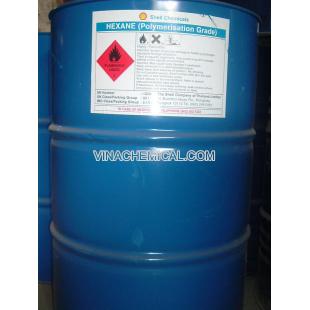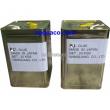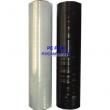Nhà cung cấp: Luxury Viet Nam Co.,Ltd
Người liên hệ: Mr. Phung Chi Kien
Chức vụ: Giam doc
Địa chỉ: Nam Trung Yen - Cau Giay - Ha noi
Quốc gia: Vietnam
Điện thoại: 84 4 6218 0545 - Mobi: 84 982 408 448
Acetone
Giá:
Acetone is a good solvent for most plastics and synthetic fibres including those used in laboratory bottles made of polystyrene, polycarbonate and some types of polypropylene.
[
3
]
It is ideal for thinning fiberglass resin, cleaning fiberglass tools and dissolving two-part epoxies and superglue before hardening. It is used as a volatile component of some paints and varnishes. As a heavy-duty degreaser, it is useful in the preparation of metal prior to painting; it also thins polyester resins, vinyl and adhesives.
Many millions of kilograms of acetone are consumed in the production of the solvents methyl isobutyl alcohol and methyl isobutyl ketone. These products arise via an initial aldol condensation to give diacetone alcohol.
[
2
]
2 (CH3)2CO → (CH3)2C(OH)CH2C(O)CH3
Acetone is used as a solvent by the pharmaceutical industry and as a denaturation agent in denatured alcohol.
[
4
]
Acetone is also present as an excipient in some pharmaceutical products.
[
5
]
The most common hazard associated with acetone is its extreme flammability. It auto-ignites at a temperature of 465 °C (869 °F). At temperatures greater than acetone's flash point of −20 °C (−4 °F), air mixtures of between 2.5% and 12.8% acetone, by volume, may explode or cause a flash fire. Vapors can flow along surfaces to distant ignition sources and flash back. Static discharge may also ignite acetone vapors.
[
14
]
[
3
]
It is ideal for thinning fiberglass resin, cleaning fiberglass tools and dissolving two-part epoxies and superglue before hardening. It is used as a volatile component of some paints and varnishes. As a heavy-duty degreaser, it is useful in the preparation of metal prior to painting; it also thins polyester resins, vinyl and adhesives.
Many millions of kilograms of acetone are consumed in the production of the solvents methyl isobutyl alcohol and methyl isobutyl ketone. These products arise via an initial aldol condensation to give diacetone alcohol.
[
2
]
2 (CH3)2CO → (CH3)2C(OH)CH2C(O)CH3
Acetone is used as a solvent by the pharmaceutical industry and as a denaturation agent in denatured alcohol.
[
4
]
Acetone is also present as an excipient in some pharmaceutical products.
[
5
]
The most common hazard associated with acetone is its extreme flammability. It auto-ignites at a temperature of 465 °C (869 °F). At temperatures greater than acetone's flash point of −20 °C (−4 °F), air mixtures of between 2.5% and 12.8% acetone, by volume, may explode or cause a flash fire. Vapors can flow along surfaces to distant ignition sources and flash back. Static discharge may also ignite acetone vapors.
[
14
]
LIÊN HỆ ĐẶT HÀNG
Vui lòng nhập đầy đủ thông tin của bạn để gửi email
DANH MỤC
















 Hóa chất tinh khiết
Hóa chất tinh khiết